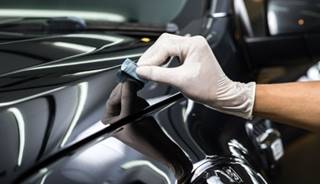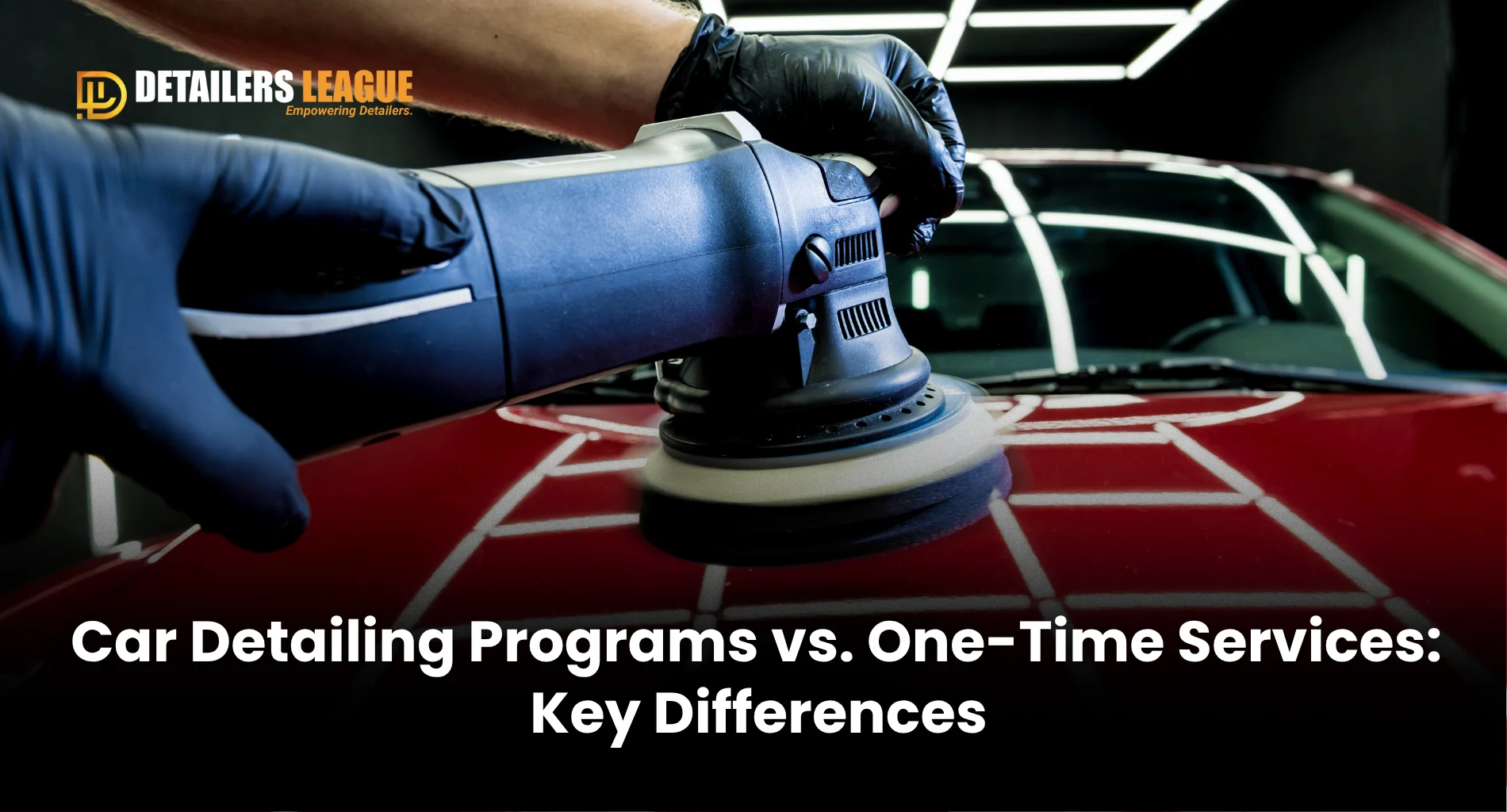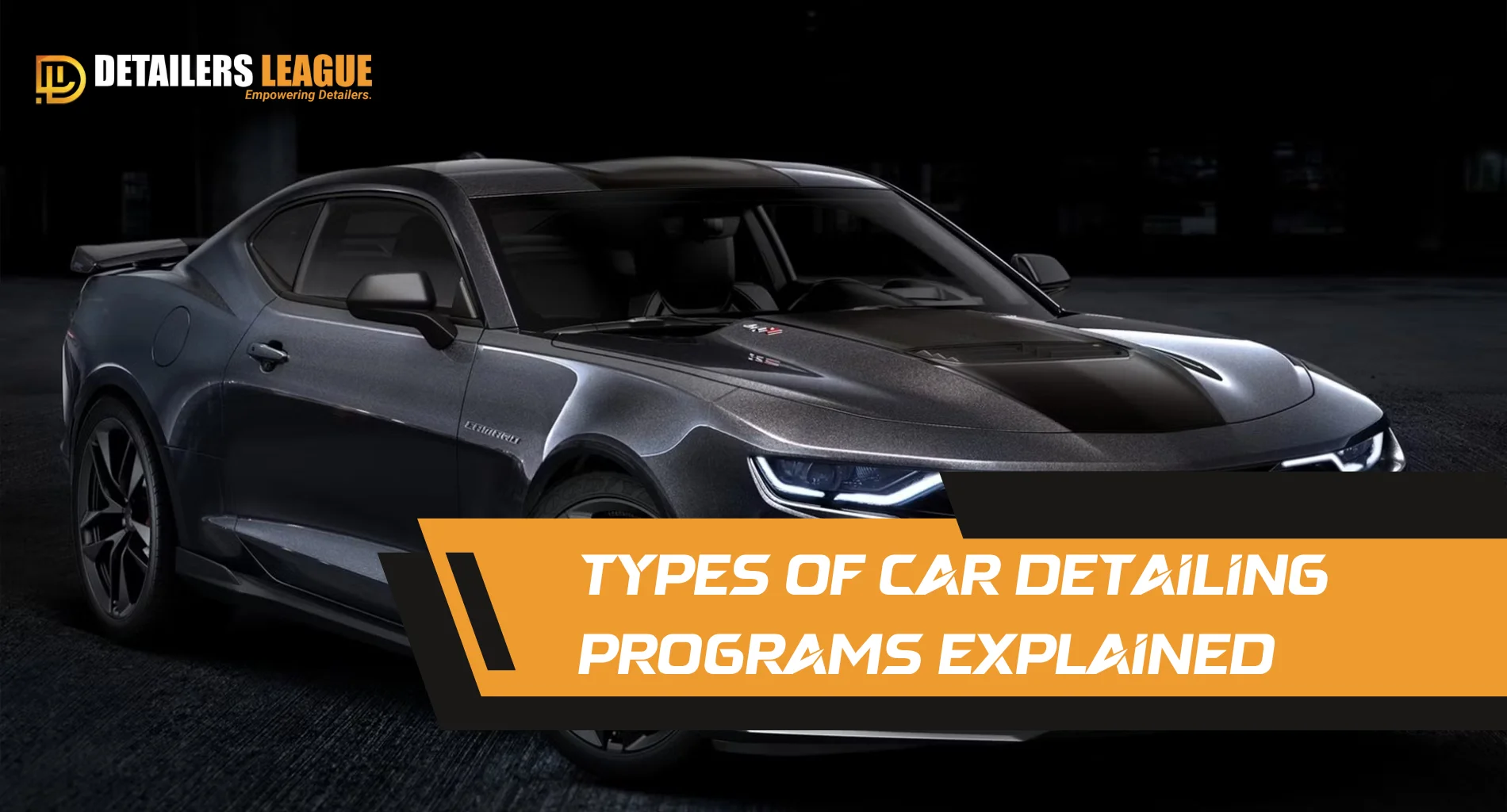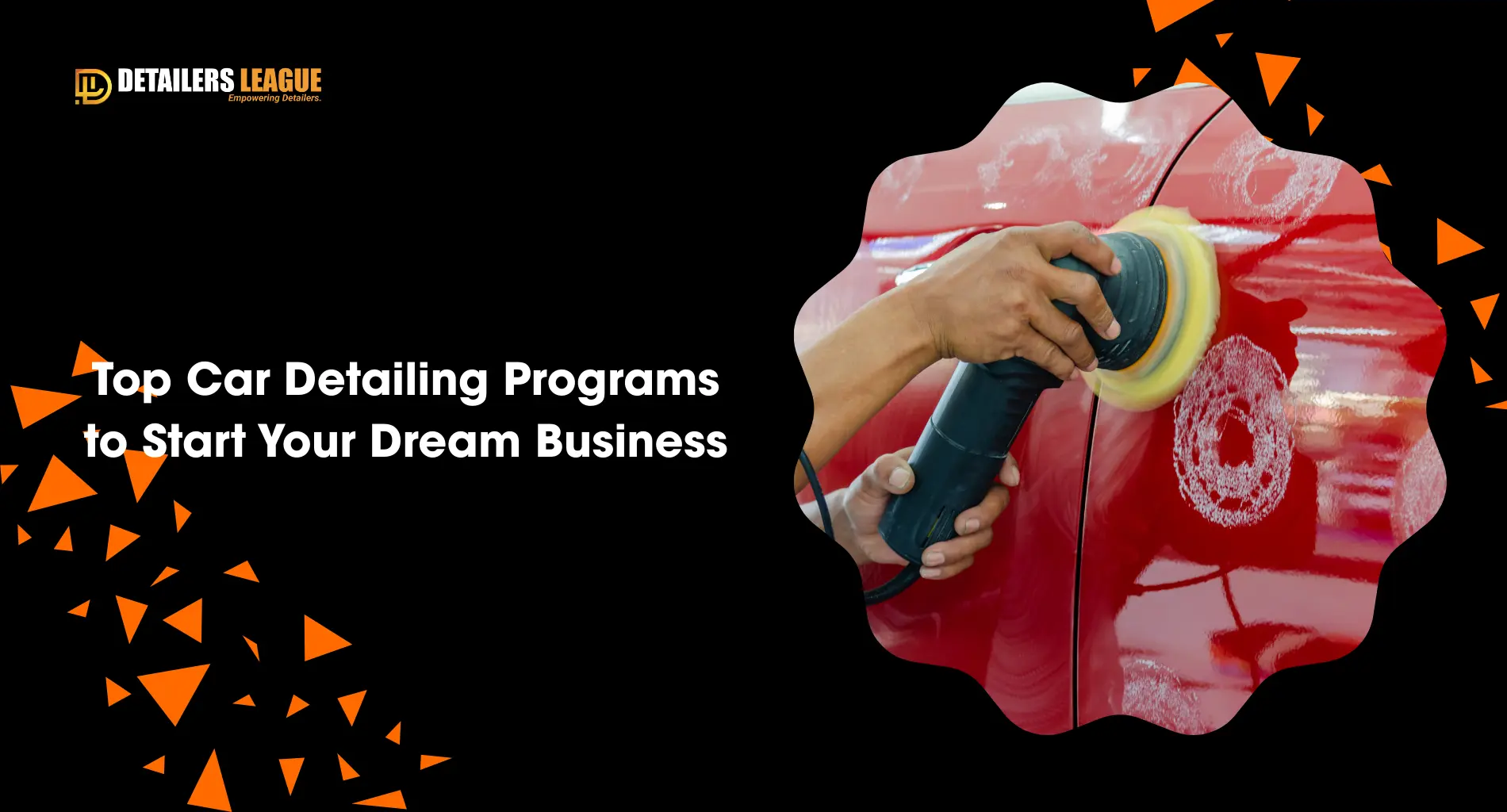
Introduction to Windshield Polishing and Glass Nano Coating
Windshield polishing and glass nano coating are two critical processes in automotive maintenance that ensure the longevity, safety, and aesthetics of your vehicle’s windshield. These treatments not only enhance visibility but also protect against environmental damage, making driving safer and more enjoyable.
Importance and Benefits
Maintaining a clear and durable windshield is crucial for safe driving. Windshield polishing removes scratches, haze, and stubborn stains, improving visibility and extending the lifespan of the glass. Glass nano-coating, on the other hand, adds a protective layer that repels water, dirt, and UV rays, further enhancing the durability and cleanliness of the windshield.
Overview of the Article Structure
This article provides a detailed guide on windshield polishing and glass nano coating, covering everything from definitions and historical context to application processes, benefits, and common issues. By the end, you’ll have a comprehensive understanding of both treatments and how they can improve your driving experience.
Windshield Polishing
Definition and Purpose
Windshield polishing involves using specialized tools and materials to remove imperfections from the windshield surface, such as scratches, haze, and stains. The primary purpose is to restore clarity and improve the overall appearance of the glass, ensuring optimal visibility for the driver.
History of Windshield Polishing
The practice of polishing windshields dates back to the early 20th century, with the advent of the automobile industry. Initially, simple abrasive materials were used, but advancements in technology have led to the development of more effective and safer polishing compounds and tools.
Tools and Materials Used
Polishing Compounds: Abrasive pastes or liquids designed to smooth out the glass surface.
Polishing Pads: Soft pads that apply the polishing compound evenly.
Buffing Machines: Electric or pneumatic machines that rotate the polishing pads.
Microfiber Cloths: Used for cleaning and finishing the polished surface.
Step-by-Step Polishing Process
Initial Inspection: Examine the windshield for scratches, stains, and other imperfections.
Cleaning the Windshield: Thoroughly clean the glass to remove dirt and debris.
Applying the Polish: Apply a small amount of polishing compound to the polishing pad.
Buffing and Finishing: Use the buffing machine to evenly distribute the polish, then finish with a microfiber cloth.
Benefits of Windshield Polishing
Enhanced Visibility: Clearer glass improves driver visibility, reducing the risk of accidents.
Prolonged Windshield Lifespan: Regular polishing prevents small scratches from becoming major cracks.
Improved Aesthetic Appeal: A polished windshield looks cleaner and newer, enhancing the overall appearance of the vehicle.
Common Issues and Solutions
Scratches: Deep scratches may require multiple polishing sessions or professional repair.
Haze and Cloudiness: Persistent haze might need a specialized polishing compound designed for glass.
Stubborn Stains: Stains from hard water or chemicals can often be removed with a more abrasive polish.
Glass Nano Coating
Definition and Purpose
Glass nano-coating involves applying a thin, transparent layer of nanoparticles to the windshield. This coating forms a protective barrier that repels water, dirt, and UV rays, enhancing the durability and cleanliness of the glass.
History and Development
The development of nanocoatings began in the late 20th century with advancements in nanotechnology. Initially used in industrial applications, these coatings have since been adapted for automotive use, providing significant benefits for vehicle owners.
Composition and How It Works
Nano coatings are made up of microscopic particles that bond to the glass surface. This creates a hydrophobic layer that causes water to bead and roll off, taking dirt and debris with it. The coating also blocks harmful UV rays, preventing damage to the glass and the vehicle’s interior.
Types of Glass Nano Coatings
Hydrophobic Coatings: Designed to repel water and improve visibility in wet conditions.
Anti-Glare Coatings: Reduce glare from sunlight and headlights, enhancing driver comfort.
UV Protection Coatings: Block UV rays, protecting the glass and interior materials from sun damage.
Application Process
Surface Preparation: Clean the windshield thoroughly to ensure proper adhesion.
Coating Application: Apply the nano coating evenly using an applicator pad.
Curing and Maintenance: Allow the coating to cure as per manufacturer instructions and perform regular maintenance to prolong its effectiveness.
Benefits of Glass Nano Coating
Water and Dirt Repellence: Keeps the windshield cleaner for longer periods.
UV Protection: Prevents UV damage to the glass and interior.
Enhanced Durability: Increases the lifespan of the windshield by providing a protective barrier.
Comparing Different Nano Coatings
Performance: Hydrophobic coatings are highly effective in rainy conditions, while UV protection coatings are ideal for sunny climates.
Cost: Prices vary based on the type and quality of the coating.
Longevity: High-quality coatings can last several years with proper maintenance.
Integration of Windshield Polishing and Glass Nano Coating
Why Combine Both Treatments
Combining windshield polishing and glass nano coating maximizes the benefits of both treatments. Polishing prepares the glass surface, ensuring the nano-coating adheres better and lasts longer.
Step-by-Step Combined Application Process
Polishing Before Coating: Perform a thorough polish to remove imperfections.
Ensuring Compatibility: Choose a nano coating compatible with polished surfaces.
Maintenance Tips: Regularly clean the windshield and reapply the coating as needed.
Case Studies and Success Stories
Real-Life Examples: Case studies of vehicles that have undergone both treatments, showcasing improved visibility and durability.
Customer Testimonials: Positive feedback from vehicle owners who have experienced the benefits firsthand.
Conclusion
Summary of Key Points
Windshield polishing and glass nano coating are essential for maintaining clear, durable, and aesthetically pleasing windshields. These treatments enhance visibility, protect against environmental damage, and extend the lifespan of the glass.
Final Thoughts and Recommendations
Investing in both windshield polishing and nano-coating provides significant benefits, ensuring safer and more enjoyable driving experiences. Consider professional services for optimal results and follow maintenance guidelines to keep your windshield in top condition.
Call to Action for Further Reading and Services
For more information on windshield maintenance and to find professional services, visit our Contact page and explore our detailed guides and service listings.
















